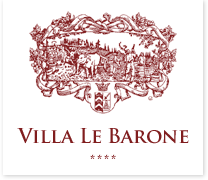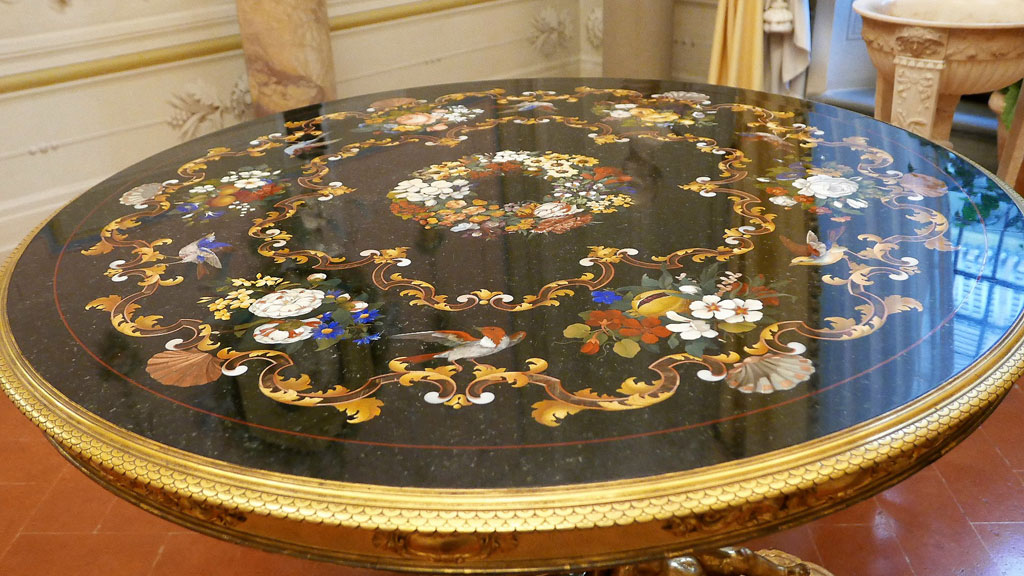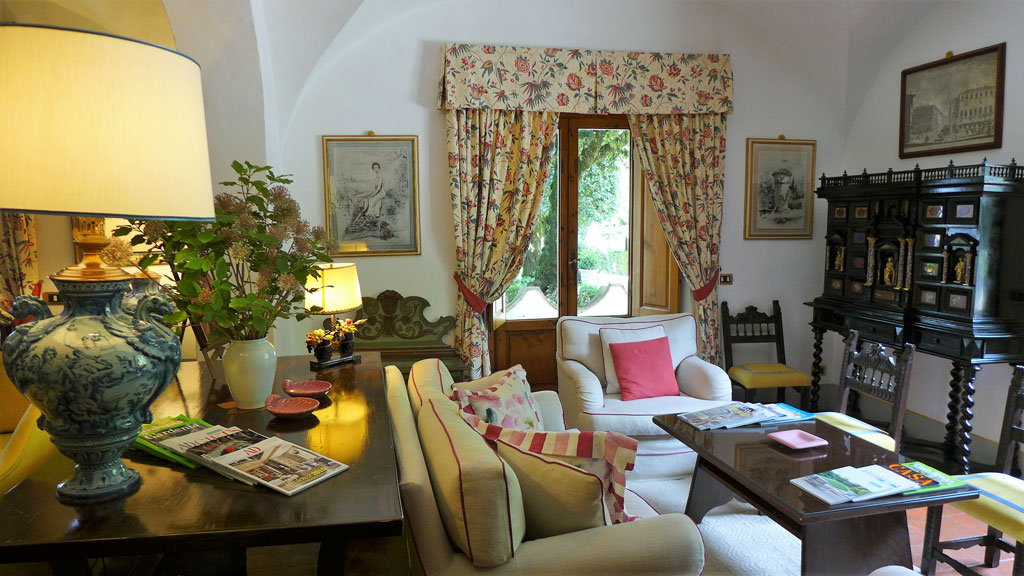
Panzano in Chianti, a charming Tuscan medieval village located exactly between Florence and Siena, must be discovered, with its churches, its vineyards and cellars, its market, its typical shops, its festivals, its craftsmen, its protected environment and the beauty of its landscapes. Panzano is located in the heart of the “Chianti Classico”, with famous producers of these wines known around the world.
Coming from Florence, after crossing Greve in Chianti, the road to Panzano rises slowly in the countryside, offering beautiful perspectives on the Chianti hills, olive groves and vineyards … and then it’s the arrival on the main square, Piazza Bucciarelli, with its shops, restaurants, bar, florist, fountain … Every Sunday the market takes place on this square. This is where one can find fruits and vegetables, cheeses, roast chicken, kitchenware… Every first Sunday of the month, the market (then called “aprilante”) is enriched by the presence of artisans who offer their products. The small street, to the right of the square, lined with old houses, rises towards the center of Panzano, the castle and towards the church of Santa Maria Assunta, completely rebuilt in the 19th century on the site of the old medieval church. On the left of the square, a small street, with the indication Barone, rises slowly, bordered on the left by the houses painted in white and red stripes where the famous butcher Dario Cecchini operates. You can enter the butcher shop, drink a glass of Chianti and take part in the friendly atmosphere of the shop.
Continuing along this street, you can see Mr Papini’s shop on the right, where you will find seeds, bedding plants, fertilizers … and everything for the garden. The cave of Ali Baba! Continue straight, turn right towards Hotel Villa le Barone at one kilometer. You can enter and discover the beautiful gardens! Continue a little further, you find an oratory and following the dirt road on the right, the beautiful Romanesque church Pieve di San Leolino, to which a porch was added in the 16th century. Do not miss the magnificent tabernacles of Andrea Della Robbia, and the paintings of the 16th century. Feel also free to push the door on the right after the baptismal font leading to the adjacent small cloister. What a charm! If you go back on the SS 222 road and continue towards Siena, on the right you will find the indication of the Oratory of Sant’ Eufrosino, with the spring near which the Saint who evangelized the Chianti lived.

Festivals and events are numerous in Panzano in Chianti, and in particular the feast of the “Buona stagione” on April 25, that of the “Colombina” at Easter, the wine festival “Vino al Vino” in September…. Moreover, Panzano is located in the heart of the “Chianti Classico” region, where wines known worldwide are produced. You can visit many cellars and enjoy delicious wine tastings: Le Fonti, Molino di Grace, Fontodi and Castello di Rampolla … to name only a few.
One cannot be tired of admiring the protected environment and the wonderful landscapes that surround this charming typical medieval Tuscan village, Panzano in Chianti.




